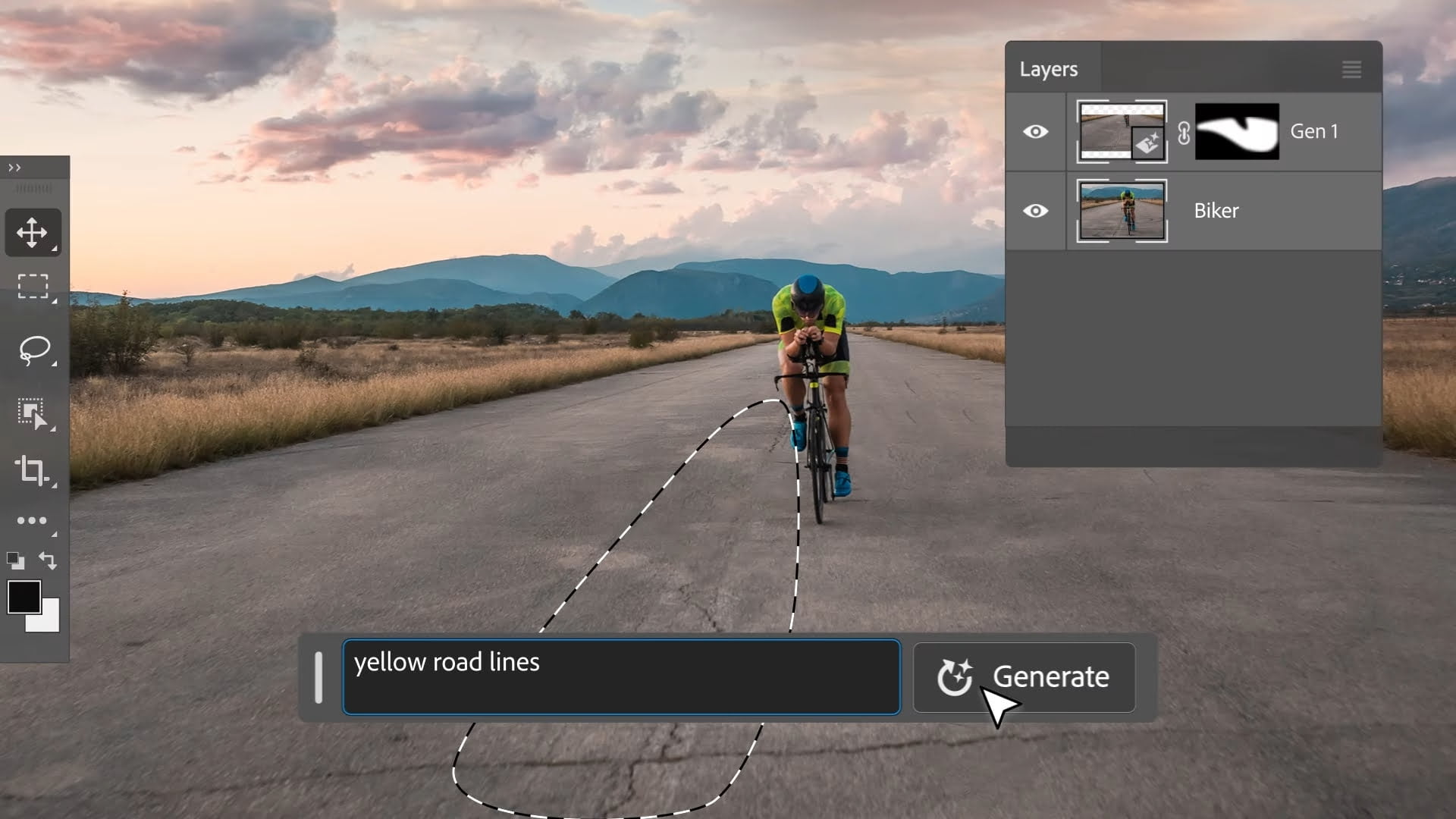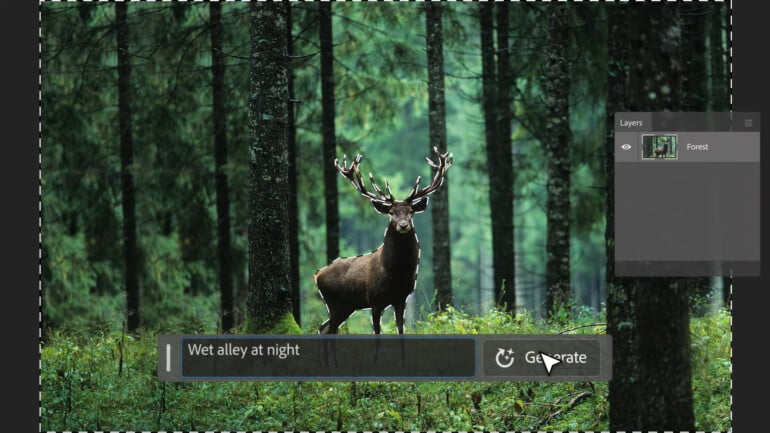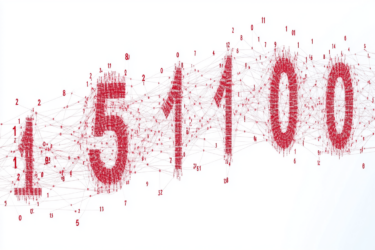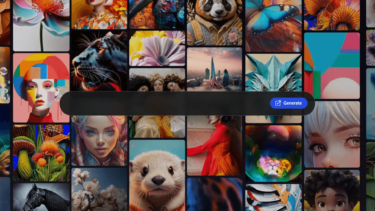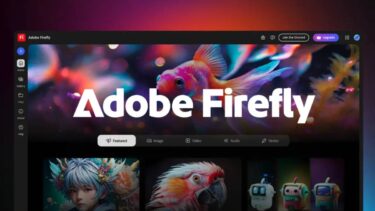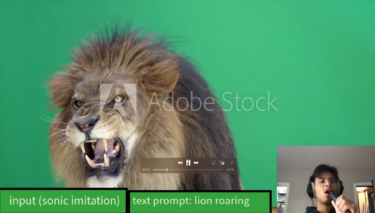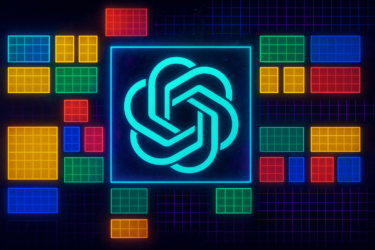Previously available only through a web interface, Adobe Firefly is now integrated directly into Photoshop as "Generative Fill". The idea is to bring AI to even more creative workflows.
Adobe Firefly has only been available for about six weeks, joining other offerings such as DALL-E 2 and Midjourney. Until now, it could only be used to generate images via a web interface. Now Adobe is making the AI tool even more accessible by integrating it directly into Photoshop as a full-featured editing tool.
With Generative Fill, users can use text prompts to add, expand, or remove content in new layers without altering the original image. According to Adobe, Firefly is copyright-compliant because the current model has been trained with images from its own stock database, openly licensed content, and public domain content for which the license has expired.
The next level of content awareness
Generative Fill can be seen as an evolution of Content-Aware Fill, which has been around for four years and uses AI to remove distracting elements from quiet backgrounds.
However, Generative Fill gives users more control over the result. AI content can be generated either inside or outside the existing drawing area. Firefly also differentiates itself from other image AI systems with its typographic capabilities.
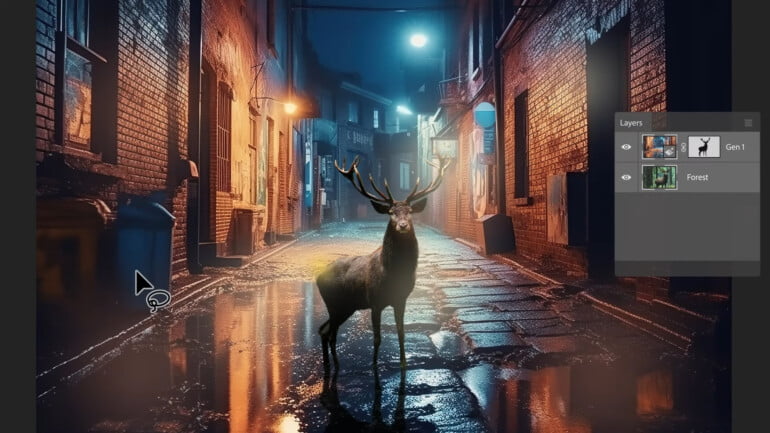
Previously, Photoshop users had to go out of their way to access Stable Diffusion's generative AI. But even with major advancements like SDXL, Firefly has taken itself to a higher level since its release. Native integration with Photoshop allows the AI to interact with graphics in more ways than just generating images.
Content credentials to flag AI manipulation to slow disinformation
Critics could argue that Generative Fill is another tool for disinformation. Adobe is trying to counter this with what it calls "content credentials," a virtual proof of origin. The system was developed by the Content Authenticity Initiative, which has more than 1,000 members, including camera manufacturers such as Nikon and Leica.
Adobe also announced other new features, including new adjustment presets, a context-sensitive taskbar, an image deletion tool, and improved gradients. In terms of perspective, Firefly is also said to support 3D content, such as the ability to create a photorealistic image from a simple 3D composition.
Firefly in Photoshop will be available to all users in the second half of the year
Generative Fill is now available as a desktop beta, with a final release expected in the second half of the year. It is also available as a module through the Firefly Beta web interface.
About a year after the release of the current generation of image AI, the quality threshold for generating near-photorealistic images in a few seconds has almost been reached.
Now, several players are trying to make the technology more accessible. Midjourney has recently made it clear through surveys that in the future it will be accessible via a web app and possibly smartphones in addition to Discord, and Stability AI has released an open source, easy-to-use web interface for image models like Stable Diffusion.
